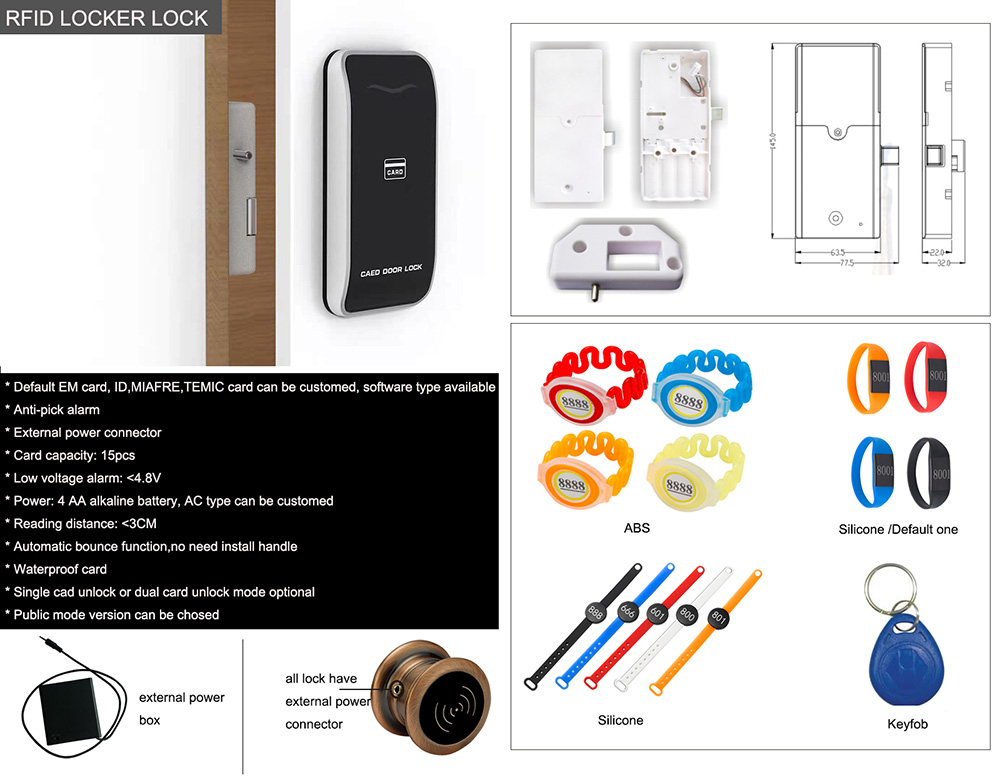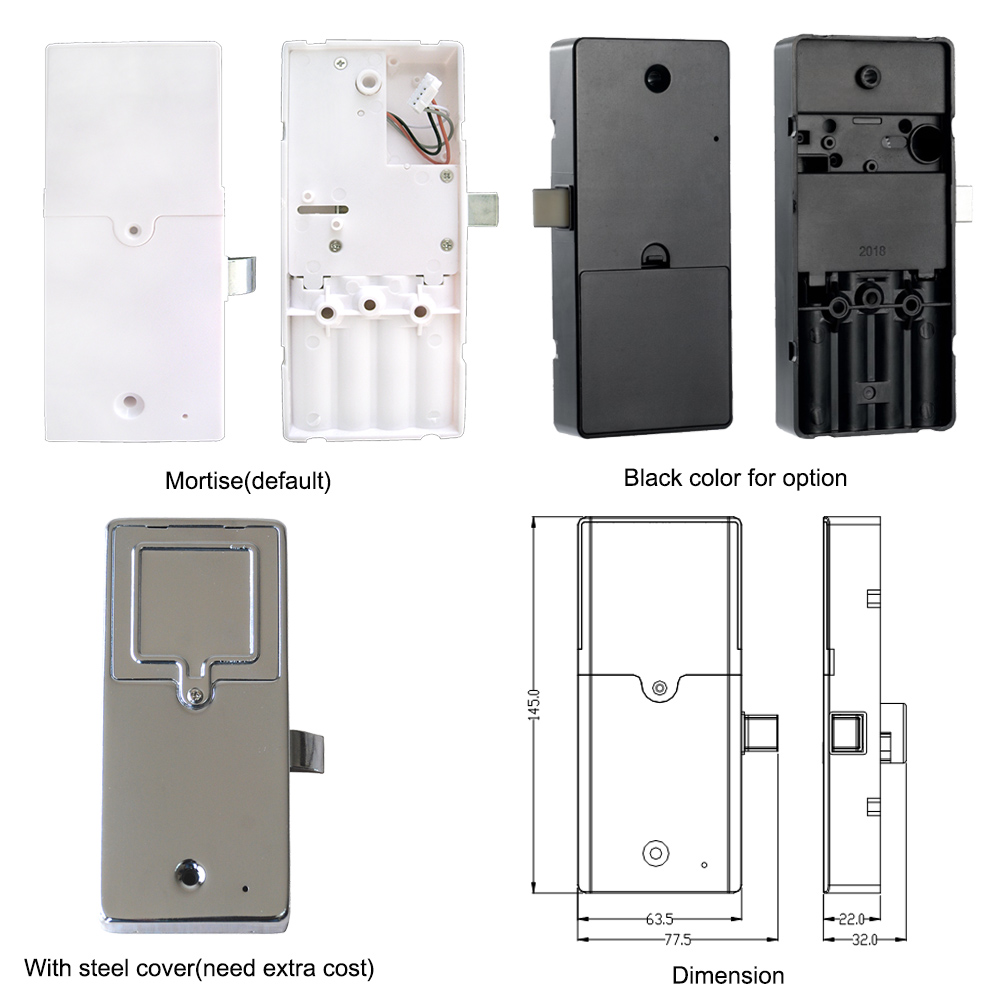
- Home
- Products
- About Us
- Application
- Download
- Video
- Contact Us
Jul. 08, 2024
Smart locks offer convenience, enhanced security, and integration with modern smart home systems. However, one of the key considerations for users is battery life. Understanding what to expect from smart lock battery life can help users manage their smart home ecosystem more effectively. This article provides insights into the factors that influence smart lock battery life, how to optimize it, and what users can generally expect.
Most smart locks use standard AA alkaline batteries, which are readily available and easy to replace.
Pros: Widely available, affordable, and easy to replace.
Cons: May need to be replaced more frequently compared to other types.
Lithium batteries are often used for their longer lifespan and better performance in extreme temperatures.
Pros: Longer battery life, better performance in cold weather.
Cons: Higher cost compared to alkaline batteries.

The number of times the smart lock is operated daily has a significant impact on battery life. Frequent locking and unlocking will drain the battery faster.
High Usage: Expect more frequent battery changes.
Low Usage: Batteries will last longer if the lock is used sparingly.
Advanced features such as Wi-Fi connectivity, biometric scanning, and continuous Bluetooth scanning can reduce battery life.
Wi-Fi Enabled: Continuous connection to a network can drain the battery quickly.
Bluetooth and Biometric Features: Using these features frequently can also impact battery longevity.
Extreme temperatures can affect battery performance. Lithium batteries are better suited for extreme conditions compared to alkaline batteries.
Cold Weather: Can reduce the effective battery life.
Hot Weather: Can also impact battery performance, though to a lesser extent than cold.
High humidity levels can potentially affect electronic components and battery performance over time.

The efficiency of the motor that drives the locking mechanism plays a crucial role in battery consumption.
Efficient Motors: Use less power, extending battery life.
Inefficient Motors: Drain the battery more quickly.
Smart lock manufacturers often update firmware to optimize performance and battery usage.
Regular Updates: Ensure your lock's firmware is up-to-date to benefit from the latest optimizations.
Power Management Features: Advanced power management features in the software can help extend battery life.
Depending on the factors mentioned above, the battery life of smart locks can vary widely. Here are general expectations:
Standard Use (Alkaline Batteries): 6 to 12 months.
Heavy Use (Alkaline Batteries): 3 to 6 months.
Standard Use (Lithium Batteries): 9 to 18 months.
Heavy Use (Lithium Batteries): 6 to 12 months.
Example: Basic models with Bluetooth and keypads.
Battery Life: Typically 6 to 12 months with standard alkaline batteries.
Example: Models with Wi-Fi connectivity and additional features like auto-lock.
Battery Life: Around 6 to 9 months with standard use.
Example: Advanced models with biometric scanning, continuous Wi-Fi, and other smart features.
Battery Life: Approximately 3 to 6 months, potentially longer with lithium batteries and optimized usage.
Keep the smart lock firmware updated to benefit from improvements in battery management.
Check for Updates: Regularly check the manufacturer’s app or website for firmware updates.
Automatic Updates: Enable automatic updates if available.
Ensure the lock mechanism is clean and lubricated to reduce the strain on the motor.
Regular Cleaning: Remove dust and debris from the lock.
Lubrication: Use appropriate lubricants to keep the mechanism smooth.
Turn off Wi-Fi or Bluetooth features when not needed to conserve battery.
Scheduled Connections: Use scheduled times for Wi-Fi connections instead of continuous monitoring.
Proximity Sensors: Adjust the sensitivity of proximity sensors to reduce unnecessary activations.
Disable or reduce the use of power-intensive features if they are not essential.
Auto-Lock Timer: Increase the time before auto-lock activates.
Voice Commands: Limit the use of voice command features if they drain the battery quickly.
Regularly check the battery level through the smart lock app or device indicators.
Battery Alerts: Set up alerts for low battery notifications.
Manual Checks: Periodically check battery levels manually.
Always have spare batteries on hand to ensure continuous operation.
Replacement Schedule: Replace batteries proactively based on usage patterns.
Understanding the factors that influence smart lock battery life and taking steps to optimize usage can help ensure reliable and long-lasting performance. Users can expect a range of 6 to 12 months for typical alkaline batteries under standard use, with potential improvements using lithium batteries and optimized settings. By following maintenance tips and monitoring battery levels, users can enjoy the convenience and security of smart locks without frequent battery replacements. Trust YORFAN, a leading door lock manufacturer, for high-quality smart lock solutions that combine innovation with practical battery management.
TOP